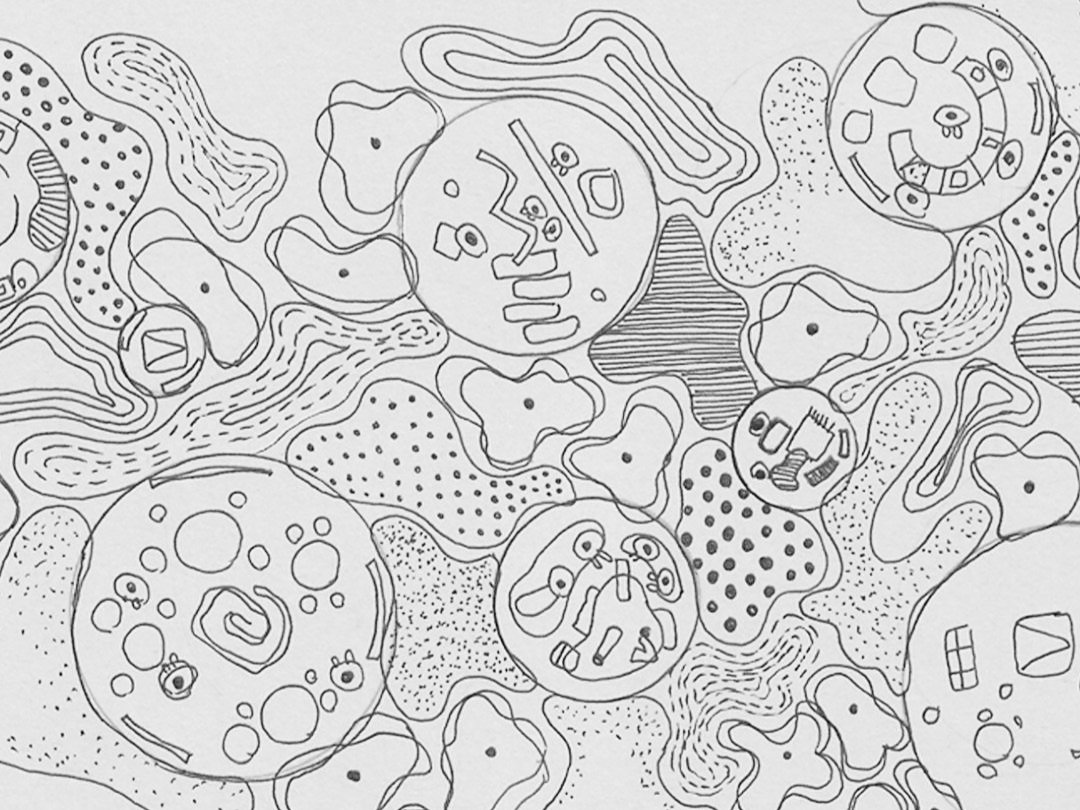Micro-communities for diversity
I still believe that cities are places of contradiction, having lived in different cities around the world. They will never be perfect or equal for all. However, they have a tremendous capacity to host spontaneous and permanent micro-communities to create spaces for diversity. The spaces where the micro-community 'happens' are usually thriving social, physical and economic palimpsests. Organising into smaller communities: mini-cells of the city with their own identities, can help people living in the city to find a variety of roles and scenarios beyond the roles of workers or consumers. Creating a safe social space in the city is an antidote to the capitalist city and urbanisation.
Urban design concept
What is an urban design concept?
Very often I hear my concept is a sustainable city, green city, water city, city without cars, city of micro communities. These ideas are certainly not wrong, however they are quite general and not strong enough to underpin the architectural-urban design concept, show our authentic standpoint and understanding of an area.
The urban design concept requires going deeper into the context and content, asking questions, paying attention to the big picture as well as the details. Since we work in different scales and in a multidisciplinary field, we need a wider perspective and an investigative mind.
Urban Design Booklet 01 Ground-floor
Ground-floors have different identities in different cities. One of the first on-site analysis in urban design should be the mapping of ground-floor micro-geographies. The ground-floor is a layered tapestry containing economic, cultural, political and social standpoints. As the fundamental framework of urban design, the ground-floor contains the basis for a variety of functions, scenarios, heights, points of interest and situations.



